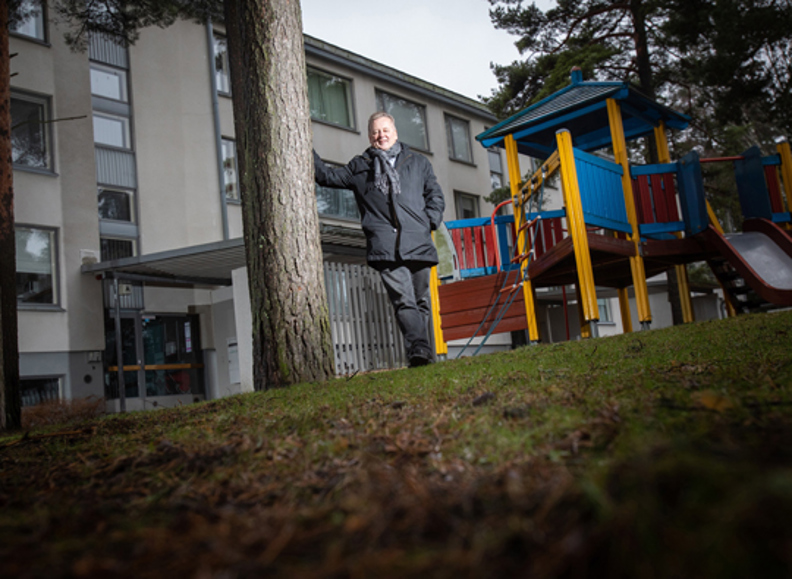The energy overhaul will be planned and implemented by the cleantech service company LeaseGreen. The energy-saving measures will see some of Varma’s properties switch to using geothermal heat pumps, solar panels and property-specific heat pumps that recover heat from exhaust air. The new energy solutions will replace part of the buildings’ district heating consumption. District heating currently accounts for a significant proportion of the carbon dioxide emissions from residential properties.
This year, eight apartment buildings will already give up district heating and switch to geothermal heating.
“These energy-saving measures are worthwhile on many levels, in terms of both profitability and environmental impacts. The reduction in emissions in individual buildings may be a full 100%, which means in the future, residents may be living in buildings that are carbon neutral in terms of energy consumption,” says Varma’s Real Estate Manager Matti Lindfors.

Emission reductions equivalent to 7,600 return flights from Helsinki to Spain
In the course of 2020–2021, energy-saving measures will be carried out in a total of 36 of Varma’s apartment buildings. Measures will be started up right away in 13 of the buildings.
The resulting emission reductions will correspond to the annual use of more than 1,700 petrol-fuelled cars or 7,600 return flights from Helsinki to Spain.
“We will substantially reduce the carbon footprint of Varma’s residential properties through energy-efficient and digital solutions. Varma’s inspiring example proves that we can reduce emissions while at the same time increasing financial well-being,” says LeaseGreen’s CEO Thomas Luther.
As one of Finland’s largest real estate investors, Varma owns 61 apartment buildings, comprising approximately 4,000 flats. At the end of 2018, the value of Varma’s real estate portfolio was EUR 3.8 billion.
Varma aims for emission-free heating and electricity in its properties
Energy-saving measures are part of Varma’s efforts to achieve its climate targets. Varma’s goal is to reduce the carbon dioxide emissions of its direct real estate investments by switching to fossil-free heating and electricity by 2030 and 2025 respectively.
“This is a natural step toward being emission-free, and it is consistent with our climate targets. The biggest contributor to greenhouse gas emissions in residential buildings is heating. Our objective is not just to meet the minimum requirements in the industry, but to enable the development of new energy solutions and a more climate-friendly construction sector. Solar panels and geothermal heating that utilises solar energy stored in the ground support our goals also in terms of enabling us to increase the use of renewable forms of energy in buildings,” says Lindfors.
LeaseGreen plans and implements energy overhauls and assumes responsibility for the profitability of the investment. The realisation of targets is monitored and energy efficiency is improved through digital monitoring, which is used to optimise the settings for the building services technology according to the weather conditions.
“The results will be apparent already within a year or two. The technical level of the buildings will also improve. A full-scope examination of a large mass of properties offers a quicker and more efficient path to reducing emissions than the modernisation of individual buildings,” says Luther.
Varma and LeaseGreen previously collaborated on an energy refurbishment of Elisa’s headquarters, reducing the building’s energy consumption and carbon footprint by around 40 per cent.
Read more on Varma's climate targets.
